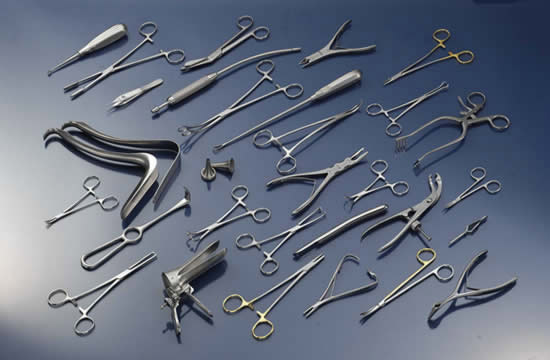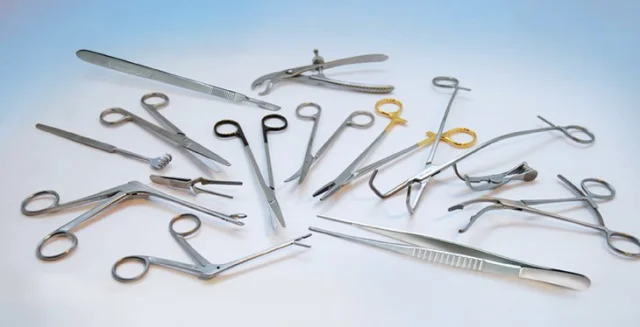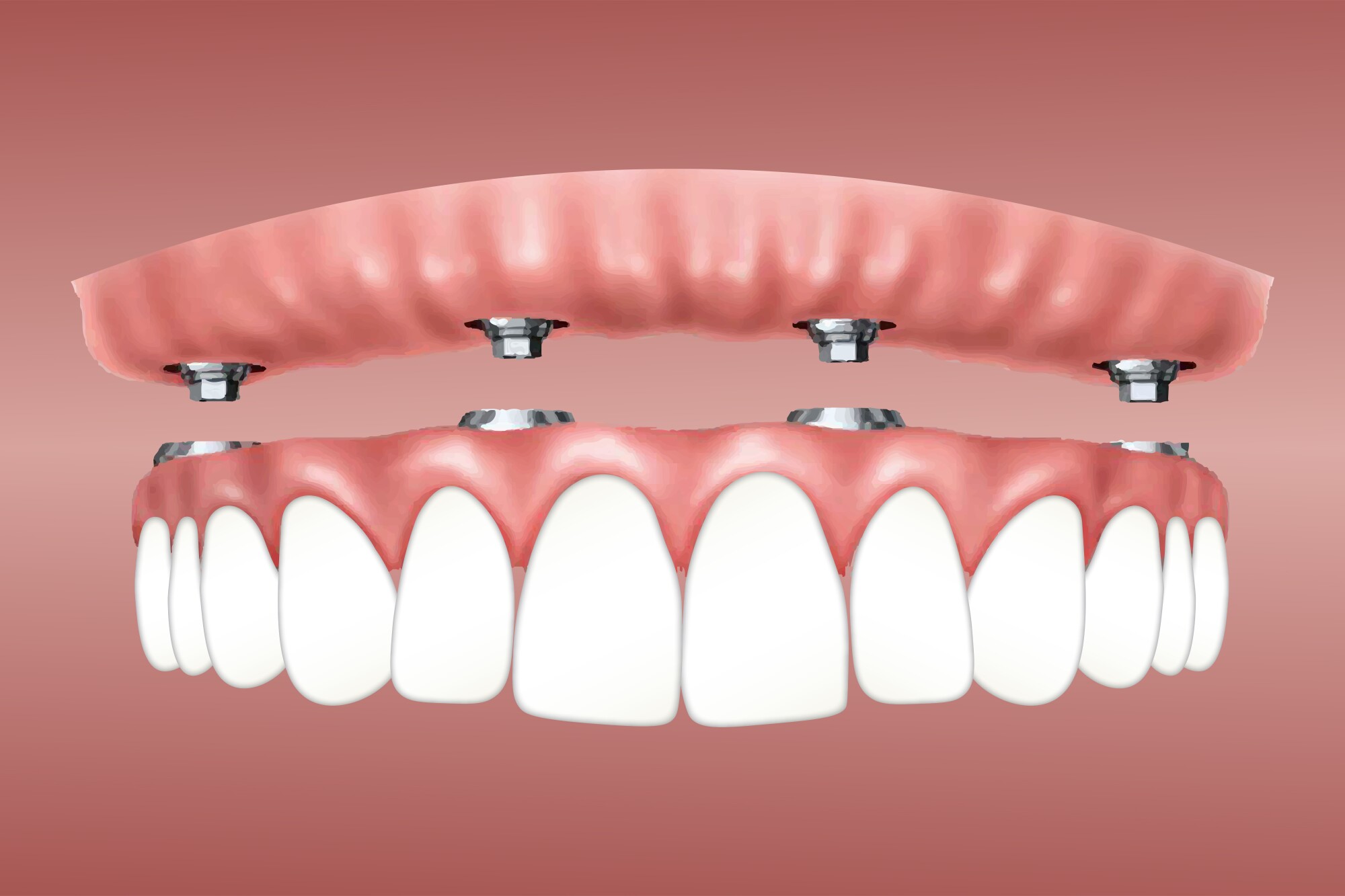Nasal Surgery Instruments: A Comprehensive Guide
Nasal surgery is a complex and delicate procedure that requires specialized tools to ensure precision and success. Whether for aesthetic purposes like rhinoplasty or functional improvements like correcting a deviated septum, surgeons must rely on an array of finely crafted instruments. This article will dive deep into the various nasal surgery instruments, focusing on rhinoplasty instruments, the nasal rasp, and nasal scissors. We will also discuss other key tools used in nasal procedures and their critical roles in achieving optimal outcomes.
Table of Contents
1. Introduction to Nasal Surgery
2. Essential Nasal Surgery Instruments
– Nasal Speculum
– Suction Tubes
– Osteotomes
– Forceps
3. Rhinoplasty Instruments: Key Tools for Precision
– Septal Elevator
– Skin Hooks
– Gauges and Calipers
4. Nasal Rasp: Shaping with Precision
– Types of Nasal Rasps
– How Nasal Rasps Are Used
5. Nasal Scissors: Fine-Tuning with Precision
– Types of Nasal Scissors
– Uses and Importance in Surgery
6. Additional Nasal Instruments
– Surgical Knife/Scalpel
– Chisels
7. Care and Maintenance of Nasal Surgery Instruments
8. Conclusion: The Future of Nasal Surgery Instruments
1. Introduction to Nasal Surgery
Nasal surgery, also known as rhinoplasty or nasal reconstruction, is often performed for aesthetic or medical reasons. Common objectives include improving nasal function, correcting birth defects, repairing injuries, or reshaping the nose for cosmetic enhancement. The complexity of nasal anatomy demands a specialized set of instruments that allow surgeons to work with precision and care.
One of the most popular forms of nasal surgery is rhinoplasty, which can be performed either as an open or closed procedure. In both cases, the success of the surgery is largely dependent on the quality and proper usage of specific nasal surgery instruments. Understanding these instruments is critical for anyone involved in surgical procedures or interested in how nasal surgery works.
2. Essential Nasal Surgery Instruments
To perform nasal surgery effectively, surgeons rely on a comprehensive toolkit of instruments. Each tool has a specific function and contributes to the procedure’s overall precision. Below are some of the most essential nasal surgery instruments.
Nasal Speculum
The nasal speculum is a critical tool for opening and viewing the nasal passages during surgery. It comes in different sizes and is used to widen the nostrils, allowing the surgeon access to the inner structure of the nose.
Suction Tubes
Suction tubes are used to clear blood, mucus, and other fluids from the surgical site to ensure clear visibility during the procedure. They are available in different sizes and designs to cater to various nasal surgery needs.
Osteotomes
Osteotomes are instruments designed to cut and reshape bones. In nasal surgery, they are often used to reshape the nasal bones or correct deformities. Their precise function helps reduce trauma to surrounding tissues, improving recovery time.
Forceps
Nasal forceps come in various types, such as nasal dressing forceps or septum forceps, and are used to grasp or manipulate tissues within the nasal cavity. They are essential for removing or adjusting structures within the nasal passages without damaging surrounding tissues.
3. Rhinoplasty Instruments: Key Tools for Precision
Rhinoplasty, also known as a “nose job,” requires an even more specialized set of instruments, as the goal is often both functional and aesthetic. Rhinoplasty instruments must provide surgeons with the ability to make delicate changes with high precision. Some of the most important rhinoplasty instruments include:
Septal Elevator
A septal elevator is a double-ended tool used to lift and reposition the septum during rhinoplasty. It helps separate tissues cleanly and efficiently, giving the surgeon better access to the nasal cartilage.
Skin Hooks
Skin hooks are small, sharp tools used to retract the skin, allowing for better visibility of the nasal structure. This is particularly important in open rhinoplasty procedures, where the nasal skin is lifted to provide access to the underlying structure.
Gauges and Calipers
Precision is critical in rhinoplasty, and gauges and calipers help surgeons measure distances and angles accurately. These tools ensure that both sides of the nose are symmetrical, which is essential for achieving aesthetically pleasing results.
4. Nasal Rasp: Shaping with Precision
The nasal rasp is one of the most specialized instruments in nasal surgery, especially in rhinoplasty procedures. It is used for contouring and reshaping the nasal bones, giving the surgeon the ability to smooth rough edges and adjust the nasal structure with precision.
Types of Nasal Rasps
There are different types of nasal rasps, designed for specific purposes during surgery. Some are fine and delicate, used for minor adjustments, while others are more robust, and intended for major contouring.
Common types include:
– Fine rasps: Used for delicate finishing touches and to smooth out rough bone.
– Coarse rasps: Employed when more significant changes to the nasal bone are required.
How Nasal Rasps Are Used
Surgeons use nasal rasps to shave down small amounts of bone or cartilage, smoothing out imperfections in the nasal structure. This tool plays a crucial role in achieving the final shape of the nose, particularly in cases where a bump on the nasal bridge needs to be reduced.

5. Nasal Scissors: Fine-Tuning with Precision
Nasal scissors are another essential instrument in nasal surgery, used to cut tissues with great precision. They are designed with a specific purpose: to reach deep into the nasal cavity and make clean, controlled cuts.
Types of Nasal Scissors
There are different varieties of nasal scissors used during surgery, each with a particular function. Some of the most common types include:
– Curved nasal scissors: These are used to cut tissues in hard-to-reach areas and make precise incisions along curved surfaces.
– Straight nasal scissors: Employed when making straight cuts, particularly in areas that require less maneuvering.
Uses and Importance in Surgery
Nasal scissors are critical for tasks such as trimming excess cartilage, making incisions in the septum, or cutting sutures. Their sharp, fine blades allow surgeons to perform these tasks with minimal trauma to surrounding tissues, helping to speed up recovery times.
find more details about Micro Adson Forceps
6. Additional Nasal Instruments
In addition to the core tools like the nasal rasp and nasal scissors, surgeons use a range of other instruments to achieve the best results in nasal surgery. Here are some additional nasal surgery instruments worth mentioning:
Surgical Knife/Scalpel
The surgical knife, or scalpel, is a fundamental instrument used to make precise incisions in the skin and underlying tissues. For nasal surgery, small, controlled cuts are essential to minimize scarring and promote faster healing.
Chisels
Chisels are similar to osteotomes but are typically used for more significant bone alterations. In some nasal surgeries, they are used to reshape or remove parts of the nasal bones.
7. Care and Maintenance of Nasal Surgery Instruments
The precision of nasal surgery instruments depends not only on their design but also on their maintenance. Proper care is essential to ensure these tools remain sharp, sterile, and effective for future surgeries. Some basic guidelines for the care and maintenance of nasal surgery instruments include:
– Sterilization: After each surgery, all instruments should be thoroughly cleaned and sterilized to prevent infection.
– Sharpening: Tools like nasal scissors and rasps should be regularly sharpened to maintain their effectiveness.
– Storage: Instruments should be stored in a clean, dry environment to prevent rusting or contamination.
Maintaining these instruments’ integrity is crucial for ensuring successful surgical outcomes and preventing complications during procedures.
8. Conclusion: The Future of Nasal Surgery Instruments
As technology advances, nasal surgery instruments continue to evolve, offering surgeons even more precision and control. With the rise of minimally invasive techniques and digital aids like 3D imaging, the future of nasal surgery looks promising. Instruments are becoming more ergonomic, allowing for better control, while innovations in materials ensure they are more durable and efficient.
For surgeons, having the right nasal surgery instruments is crucial to success. Whether performing rhinoplasty, correcting a deviated septum, or addressing other nasal issues, the tools of the trade make all the difference. From the nasal rasp to the nasal scissors, each instrument has a vital role to play in creating the best possible outcomes for patients.
Final Thoughts
In conclusion, nasal surgery instruments are essential tools that enable surgeons to perform precise and effective procedures. Each instrument, from the nasal speculum to the nasal rasp, has its unique function in ensuring the best possible results. By understanding these instruments’ roles and how they are used, both medical professionals and patients can appreciate the complexity and artistry involved in nasal surgery.














Post Comment